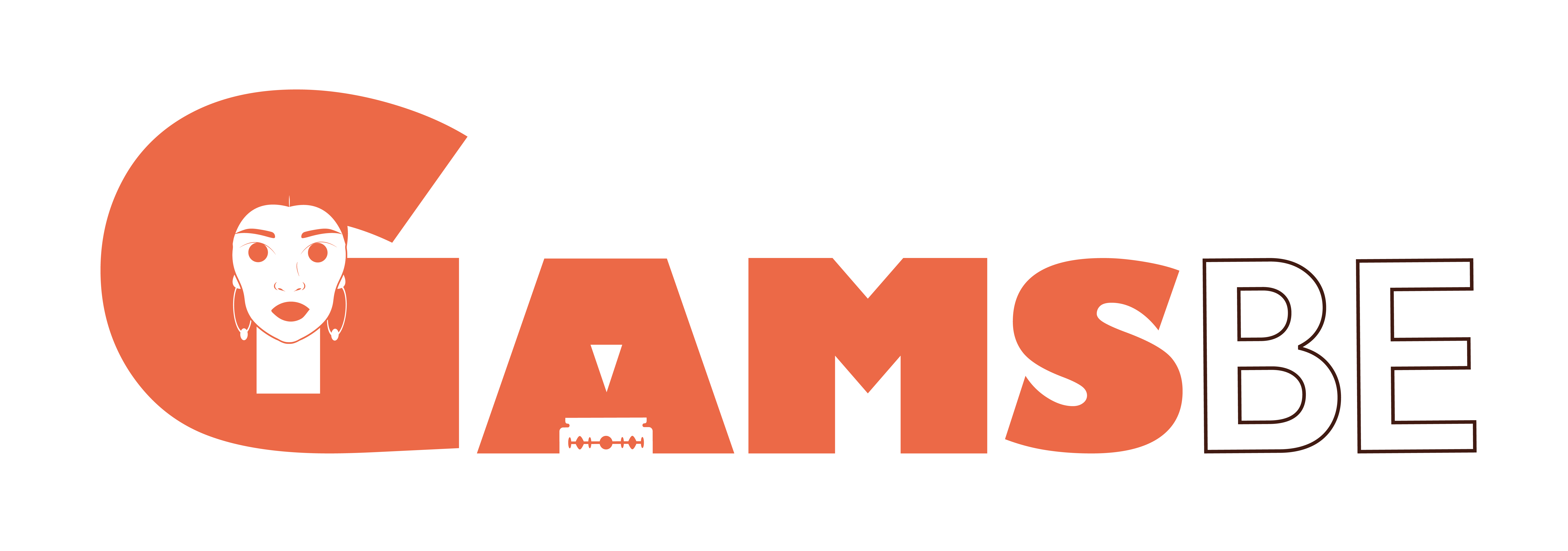VIDEO TOOLS
ESTABLISHING DIALOGUE ON DEINFIBULATION
In partnership with the Belgian Federal Public Service for Public Health (FPS Public Health) and the Free University of Brussels (ULB), GAMS Belgium has released an informative video translated into 9 languages to inform and reassure individuals living with Type III Female Genital Mutilation (FGM), also known as infibulation, about deinfibulation.

Questions
- Why undergo deinfibulation?
- When should it be done?
- How does the procedure unfold?
- What are the post-operative care instructions?
- What physical changes should be expected?
Infibulation, or Type III FGM according to the World Health Organization (WHO) classification, involves narrowing the vaginal opening by excising and stitching together the labia minora and/or labia majora, sometimes including clitoral excision. This form of FGM can lead to physical or psychological complications for the affected individuals. Infections, pain, and difficulties during childbirth are among the most common consequences.
Deinfibulation is a surgical procedure aimed at reducing these health issues. However, the decision to undergo this intervention should be made by the individuals concerned with full understanding of the implications. Therefore, this video aims to assist healthcare professionals in informing and raising awareness.
A video
This tool aims to alleviate anxiety among affected individuals by improving their understanding of the intervention and gaining their consent for treatment.
It will also serve as a high-quality resource for healthcare professionals responsible for managing cases of female genital mutilation.
The video is available in 9 languages: French, Dutch, English, Arabic, Tigrinya, Amharic, Fulani, Somali, and Afar. Subtitles in French, English, Dutch, and German are provided.
It was produced by Studio Boniato in collaboration with The Ink Link, and developed in consultation with affected women and healthcare providers.


